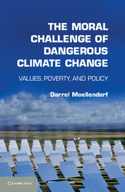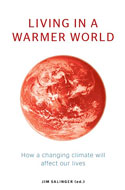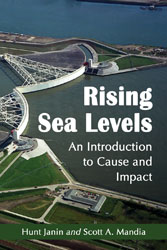 The combination of a recently acquired desktop video magnifier and a kindle has for the time being restored some ease to my reading. Hence this review. I was drawn by the title The Moral Challenge of Dangerous Climate Change: Values, Poverty and Policy, since I can’t see the resistance to energy reform mounted by powerful fossil fuel interests being overcome without some kind of moral determination by a significant portion of the population. I was also attracted by the fact that the author, Darrel Moellendorf is a political and moral philosopher and I was curious to read a philosophical perspective on the climate change issue.
The combination of a recently acquired desktop video magnifier and a kindle has for the time being restored some ease to my reading. Hence this review. I was drawn by the title The Moral Challenge of Dangerous Climate Change: Values, Poverty and Policy, since I can’t see the resistance to energy reform mounted by powerful fossil fuel interests being overcome without some kind of moral determination by a significant portion of the population. I was also attracted by the fact that the author, Darrel Moellendorf is a political and moral philosopher and I was curious to read a philosophical perspective on the climate change issue.
Although the book is intended to be accessible to readers who are not versed in the discipline of philosophy it is no light read. The discussions of the various policy issues it addresses are exhaustive and rigorous. There are no ringing calls, just appeals to humane rationality. But the conclusions are no less compelling for that.
Continue reading “The Moral Challenge of Dangerous Climate Change”

 This year really has started with a bang. An
This year really has started with a bang. An  Of all the consequences of human-caused global warming, sea level rise has always held special alarm for me in its inexorability, its extension into the future, and the enormous disruption it threatens to centres of high population and essential infrastructure. Scientist
Of all the consequences of human-caused global warming, sea level rise has always held special alarm for me in its inexorability, its extension into the future, and the enormous disruption it threatens to centres of high population and essential infrastructure. Scientist  Greenwash: Big Brands and Carbon Scams by
Greenwash: Big Brands and Carbon Scams by